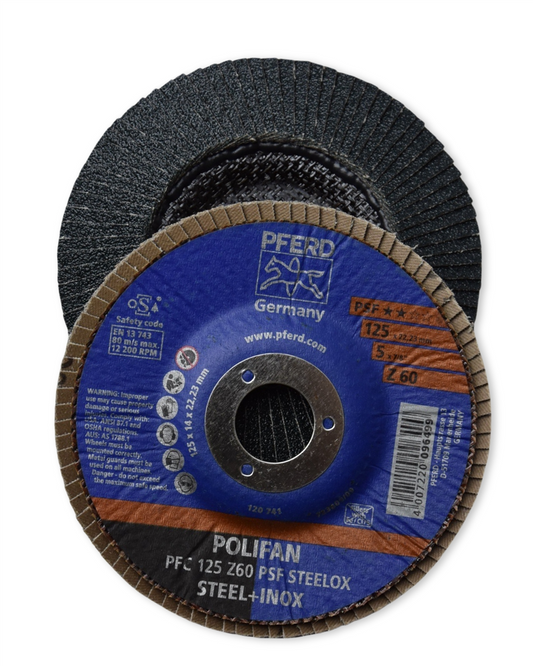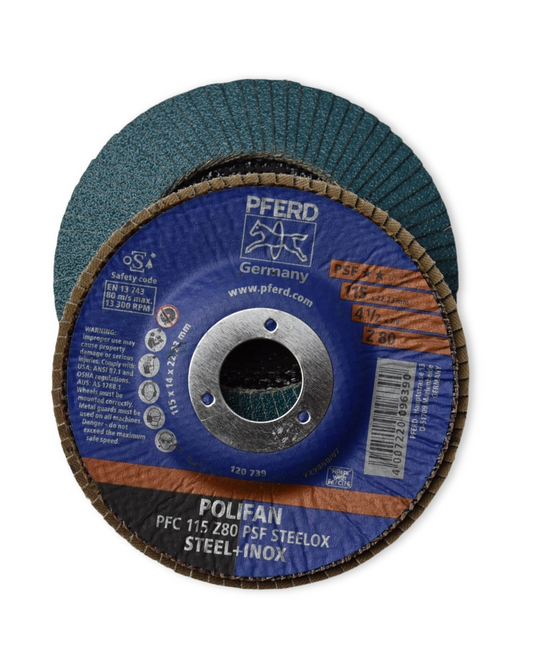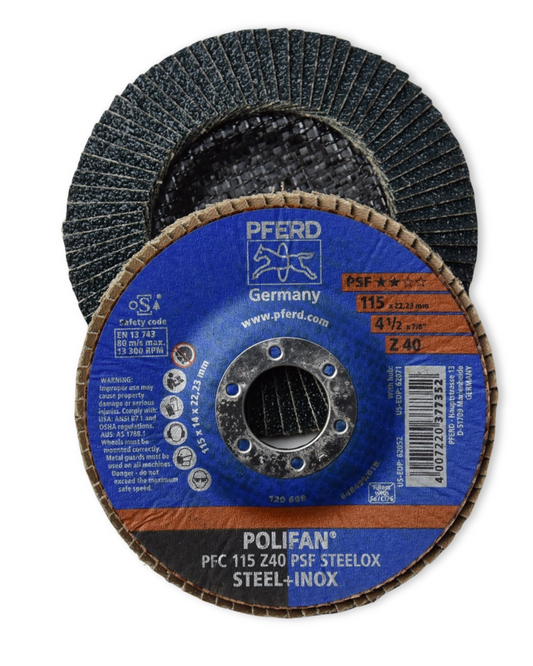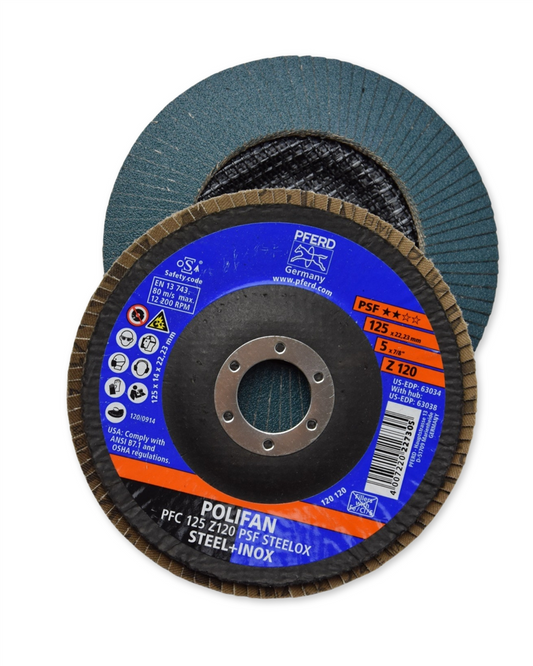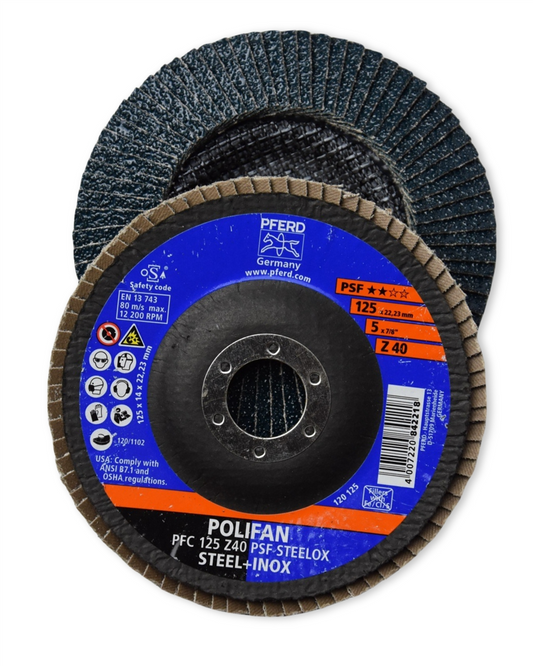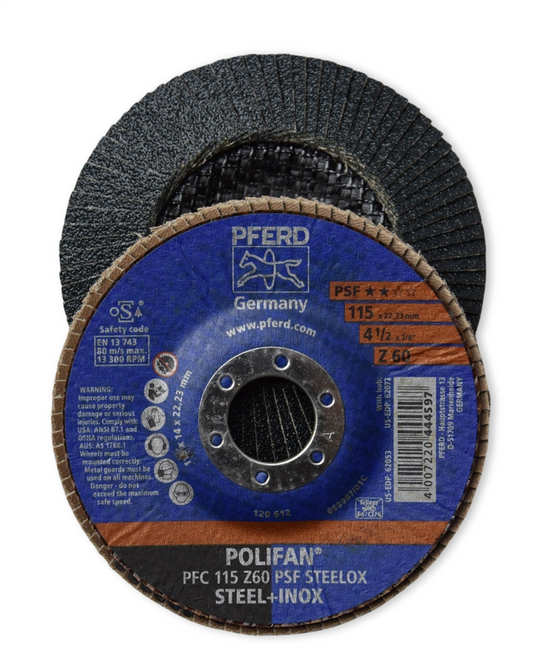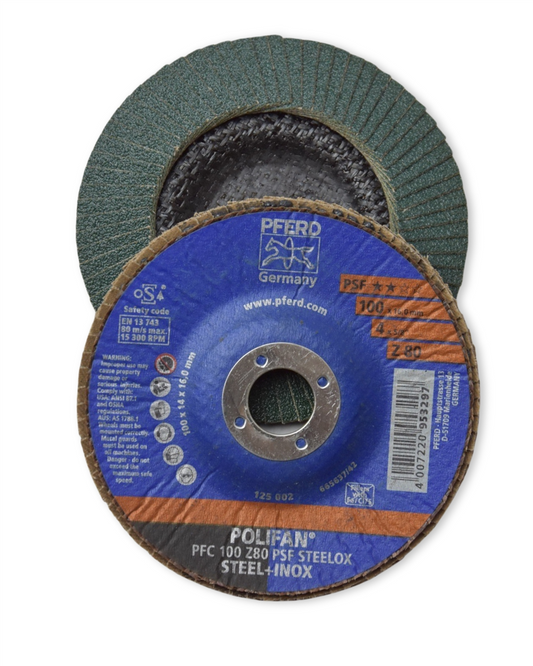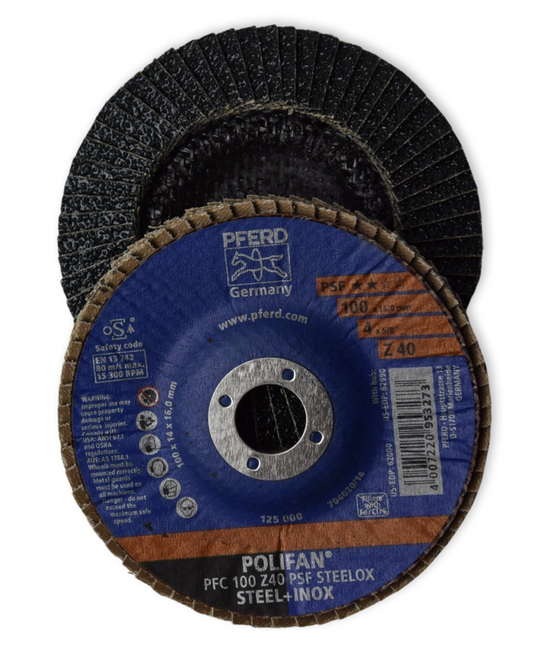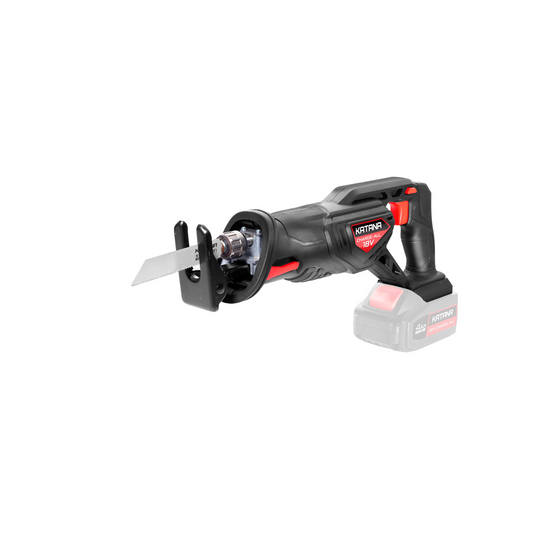How to Maintain and Repair Garage Door Springs and Tracks
Share
How to Keep Your Garage Door Springs and Tracks in Top Shape
A garage door that glides open without effort is a little luxury we often take for granted—until it stops working. Suddenly, that quick dash to work turns into a mechanical wrestling match, and you’re left wondering what went wrong. The good news? Keeping your garage door springs and tracks in good condition doesn’t take wizardry, just a bit of know-how and regular attention.
Why Maintenance Matters
Garage doors are one of the hardest working parts of a home. They’re lifted and lowered hundreds of times a year, all while holding the hefty weight of the door itself. A slight issue with the springs or tracks can quickly lead to bigger (and pricier) problems.
Spotting Trouble Before It Starts
Like any mechanical system, garage doors give subtle hints when they need attention. Keep an eye out for:
- Unusual noises: Creaking, grinding, or popping sounds could mean something is out of balance.
- Slow or jerky movement: A door that hesitates or moves unevenly may have an issue with its springs or alignment.
- Gaps in the springs: Torsion and extension springs should be tightly coiled. Gaps suggest they may be wearing out.
- Loose or bent tracks: Tracks should be straight and firmly attached to the wall. A bent or misaligned track can quickly lead to trouble.
Easy Maintenance Steps
Keep Everything Lubricated
A little lubricant goes a long way. Use a silicone-based spray on the springs, rollers, and hinges every few months to keep movement smooth. Avoid using grease—it collects dust and dirt, making things worse over time.
Check Spring Tension
If your garage door is harder to lift or doesn’t stay open on its own, the springs might need adjusting. This is a job best left to the professionals, as springs hold a lot of tension and can be dangerous to handle without the right tools.
Inspect and Tighten Hardware
With frequent use, nuts and bolts can loosen over time. Grab a wrench and check all visible hardware, especially where the tracks attach to the wall and ceiling.
Clear the Tracks
Dirt, leaves, and even small pebbles can get lodged in the tracks, affecting movement. A quick wipe-down with a damp cloth and occasional vacuuming will prevent build-up.
When Repairs Are Needed
Some issues call for a hands-on approach, while others are better left to the experts.
DIY Fixes
- Realigning a misaligned track: Loosen the screws slightly, tap the track back into place with a rubber mallet, then tighten them again.
- Replacing worn rollers: If the rollers are cracked or wobbly, swapping them out is a straightforward task with the right replacement parts.
Call a Professional When...
- The springs are broken or stretched out—handling these under tension is risky.
- A track is severely bent or damaged—this might require more than a simple adjustment.
- The door isn’t staying open or is slamming shut—this usually points to a bigger issue with the springs or balance.
A Final Word
A well-maintained garage door saves time, money, and frustration down the road. A little effort now can prevent bigger headaches later. Next time you head in or out, take a moment to check for any signs of wear—you’ll thank yourself later.
Happy DIYing!
Candeece

Stay Connected
Follow our Facebook Page: Strathalbyn H Hardware on Facebook


